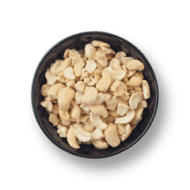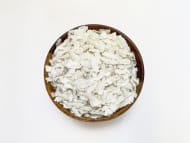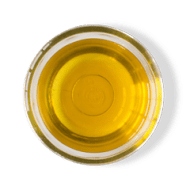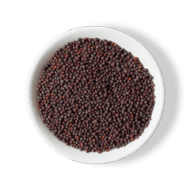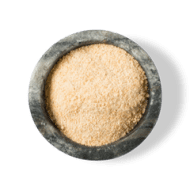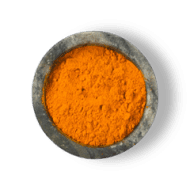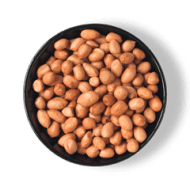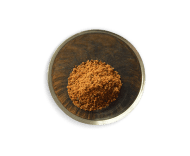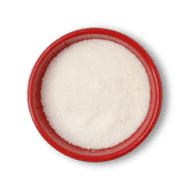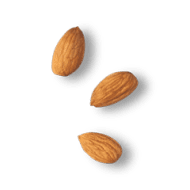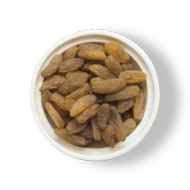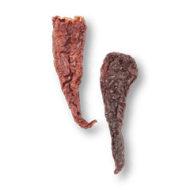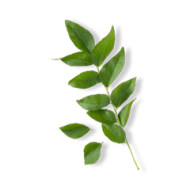Origin of Chivda
Most Indian households have some kind of savoury snacks stocked in their kitchen. This comes out when some unexpected guests are coming in or used when your neighbour comes in for a ‘Gupshup’ during tea time. Among the many munchies that go well as an evening snack is the Poha Chivda. It is extremely easy to make and is just all about combining different ingredients to create a savoury mixture. The Chivda is called the Bombay Mix and is a popular snack outside India too. Have you wondered about its origin? The Poha Chivda and the other varieties of Bombay Mix is a popular snack which was discovered by the British!. The British empire discovered it in Bombay and called it the Bombay Mix and not surprisingly it is a popular snack in the United Kingdom and even across the world. Though it is not called Bombay Mix in Indian households, in Britain it is popular as Bombay Mix and found in stores as packaged Namkeens. Some of the names given in different regions for Poha Chivda are:
Punjabi Mix in the United States
Chanachur in Bangladesh
Bhuja Mix in Australia
The mixture in Sri Lanka
Kacang Putih in Malaysia and Singapore
Many households have their versions of recipes which are passed on from generations. Generally, the usual ingredients will be the fried peanuts, lentils, cashews, and raisins which are seasoned with salt, turmeric, Hing, and chilli powder.
Types of Chivda
Poha Chivda is a popular variety of Chivda but there are many other varieties of this Namkeen. So how do you differentiate one type of Chivda from the other?
Finished ingredients: It can be classified based on the garnishings or the finishing ingredients used like the almonds, Sev, peanuts, etc. Here the basic ingredients may not matter as most of the time it is made from flour, corn flakes, or Poha.
Main ingredients: Irrespective of the many types of Chivda there will be one main ingredient which is the central focus. For instance the Poha Chivda, here the backbone is the Poha. Other examples are the Oats Chivda, Cornflakes Chivda, etc.
Flavour: The Chivda sometimes will have a single flavour as the main flavour. For instance, if only salt is used to season it has a salty flavour. But on the other hand, some varieties will have a tangy, sweet-spicy flavour where more than one taste dominates the taste buds.
Source: The source here is whether the snack is made at home, at a Namkeen shop, or mass manufactured at a factory. While the homemade Chivda will have a different flavour and texture, the more professionally made will taste different and can be easily distinguished.
Tips for making the best Poha Chivda
A Poha Chivda recipe may be quick and easy to make. Learn how to make Chivda using any of the available recipes, but if you do not follow the simple things it will not satiate your cravings. Some of the tips to follow while making Chiwda Namkeen are:
While making this Namkeen, use a ladle that has a fine sieve as that will help in the process of baking. This useful equipment is found in local markets easily and this small tool saves you a lot of time when you are removing the ingredients from oil.
The Namkeen can be made more savoury or even sweet by altering the species as per your taste.
Ensure that the ingredients and the sieve are dry as that helps efficient baking,
Line paper towels on the plates and bowls so that it absorbs excess oil.
Keep all the ingredients handy while making the Poha Chivda recipe as the oil can get hot if you do not add the ingredients one after the other. Also do not add all the ingredients together as some of the items like chana dal get fried quickly compared to say groundnuts.
Use a thick bottomed pan that is wide so that you can move around the ingredients with ease. Also, it is best to use a Kadai with a handle so that it becomes easy to transfer ingredients.
While roasting the Poha, do it gently as it can easily break. Also do not leave the rice flakes unattended as they can get burnt easily, so ensure it is constantly stirred.
The rice flakes change texture quickly so use a low flame to roast them. If you use a high flame it will get burnt or browned and the taste gets lost.
When mixing the Poha and the fried ingredients, it is best to shake the pan lightly. If you are not comfortable doing that then mix it gently.
Types of Chivda that can be used
Poha is the main ingredient used in the Chivda Namkeen. The Poha is rice that is parboiled, flattened, and dried to make the flakes. These flakes come in different thicknesses and are used for different culinary purposes. Generally, these flakes are white in colour and small and light. As the flakes are bland and have no aroma they can be used for any method of cooking. Usually, the thin Poha is used for making Chivda but one can use the thick version too but the cooking time increases as it takes longer to absorb the spices.
Why Should You Pick Chivda over Other snacks?
Snacking especially during tea time is a tradition in Indian households. If you are also among those who like to snack but are worried about the health impact, then choose diet Chivda over others. That is because it not only satiates your taste buds with the salty, sweet, and tangy taste but also can be made healthy by baking the ingredients instead of deep-frying using oil. Moreover, the main ingredient in Chidwa Poha has a good nutritional profile with enough quantity of iron and potassium providing great health benefits. It is also ideal for people who are looking for weight loss as it is low in calories.
How to choose the right Poha for Chivda?
There are different types of Poha and depending on the way you make the Chiwda one or the other works best.
If you are pan roasting, then the thick Poha is ideal
Use thin flakes (Chivda Poha) if you are sun drying or even baking it.
Other Poha recipes to try
Types of Gyms by Cult.fit



